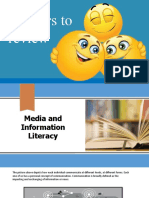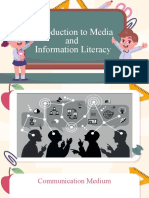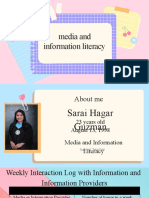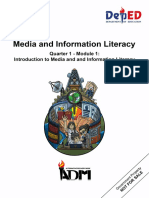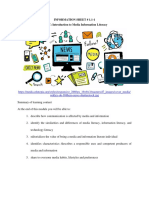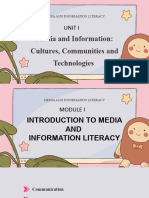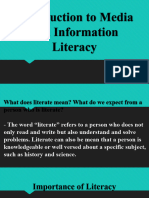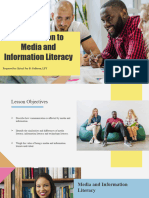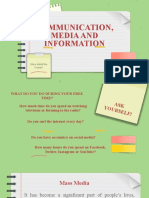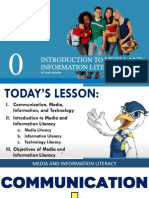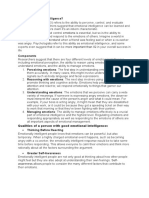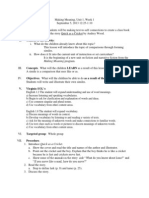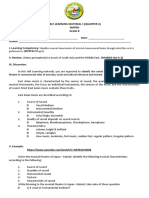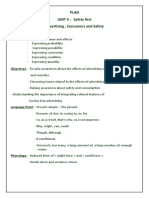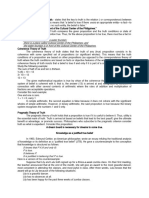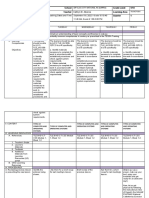0% found this document useful (0 votes)
16 views22 pagesModule 1 MIL
The document outlines various forms of communication, including conversation, public speaking, written messages, visual art, physical mediums, and digital/interactive methods. It defines literacy as the ability to understand and create information across different contexts, emphasizing media, information, and technology literacy. Additionally, it details the stages of information literacy, from recognizing information needs to creating and communicating new knowledge.
Uploaded by
bondoceric11Copyright
© © All Rights Reserved
We take content rights seriously. If you suspect this is your content, claim it here.
Available Formats
Download as PPTX, PDF, TXT or read online on Scribd
0% found this document useful (0 votes)
16 views22 pagesModule 1 MIL
The document outlines various forms of communication, including conversation, public speaking, written messages, visual art, physical mediums, and digital/interactive methods. It defines literacy as the ability to understand and create information across different contexts, emphasizing media, information, and technology literacy. Additionally, it details the stages of information literacy, from recognizing information needs to creating and communicating new knowledge.
Uploaded by
bondoceric11Copyright
© © All Rights Reserved
We take content rights seriously. If you suspect this is your content, claim it here.
Available Formats
Download as PPTX, PDF, TXT or read online on Scribd
/ 22
